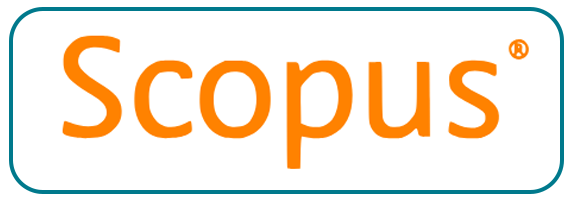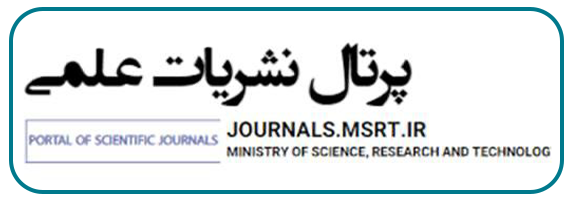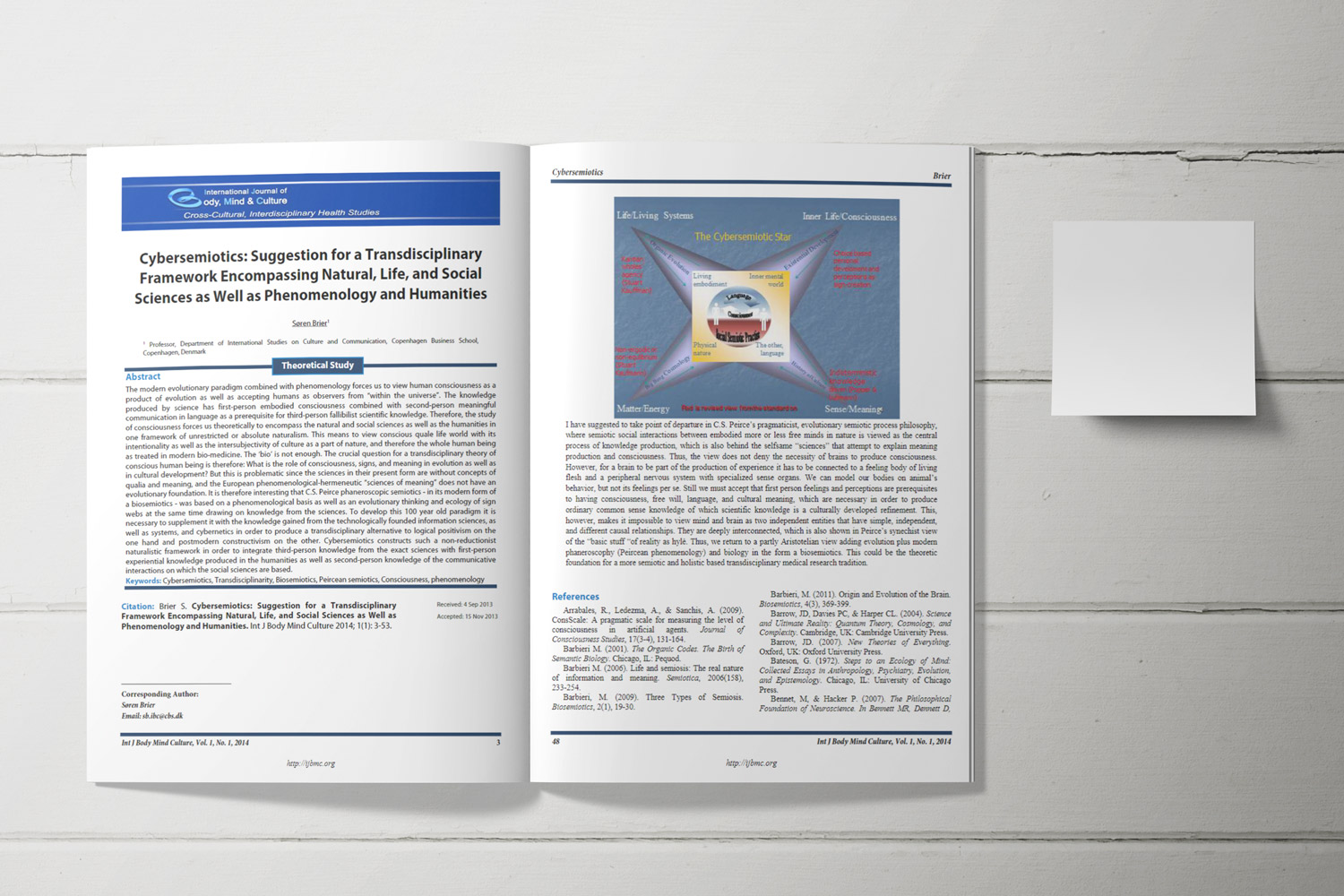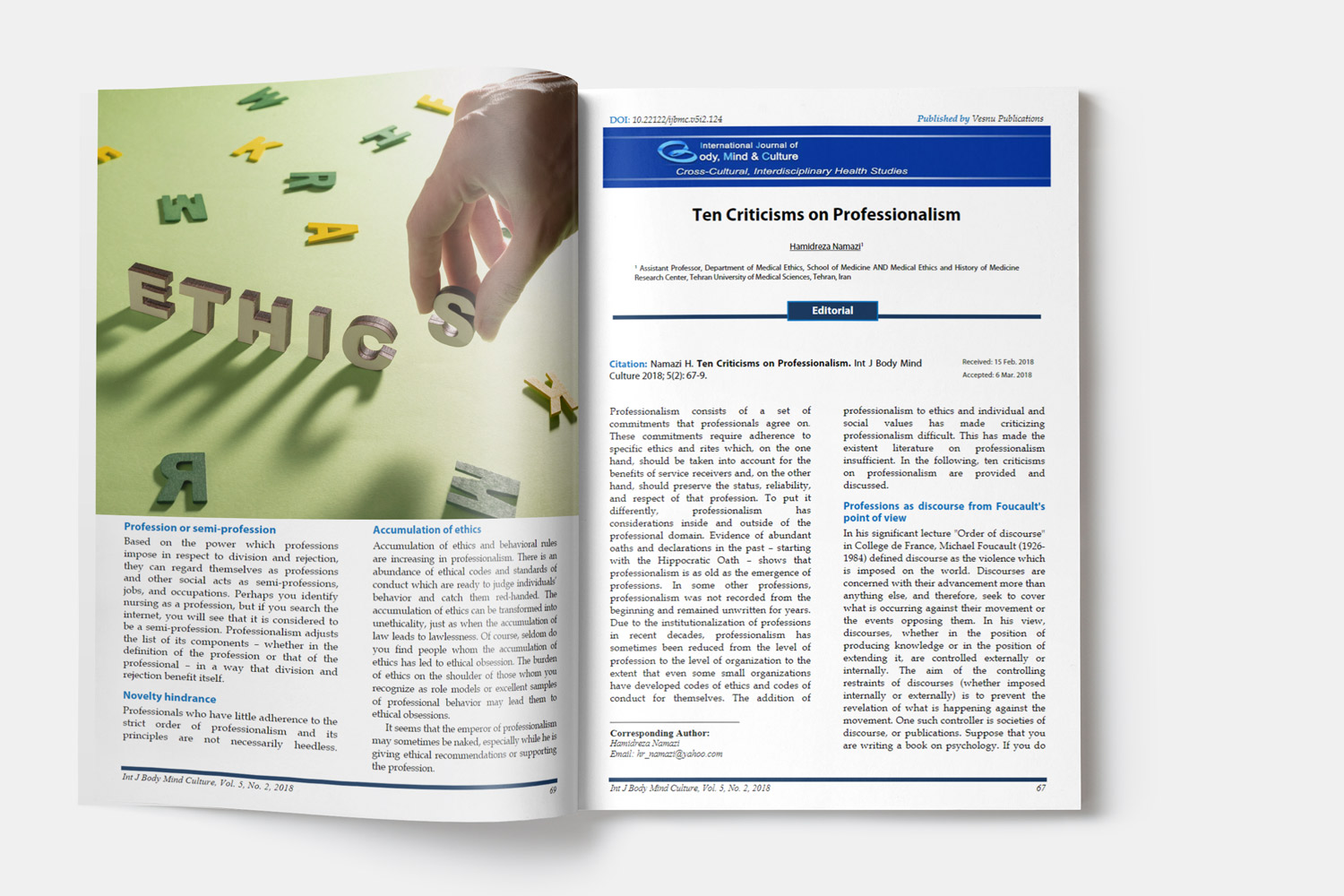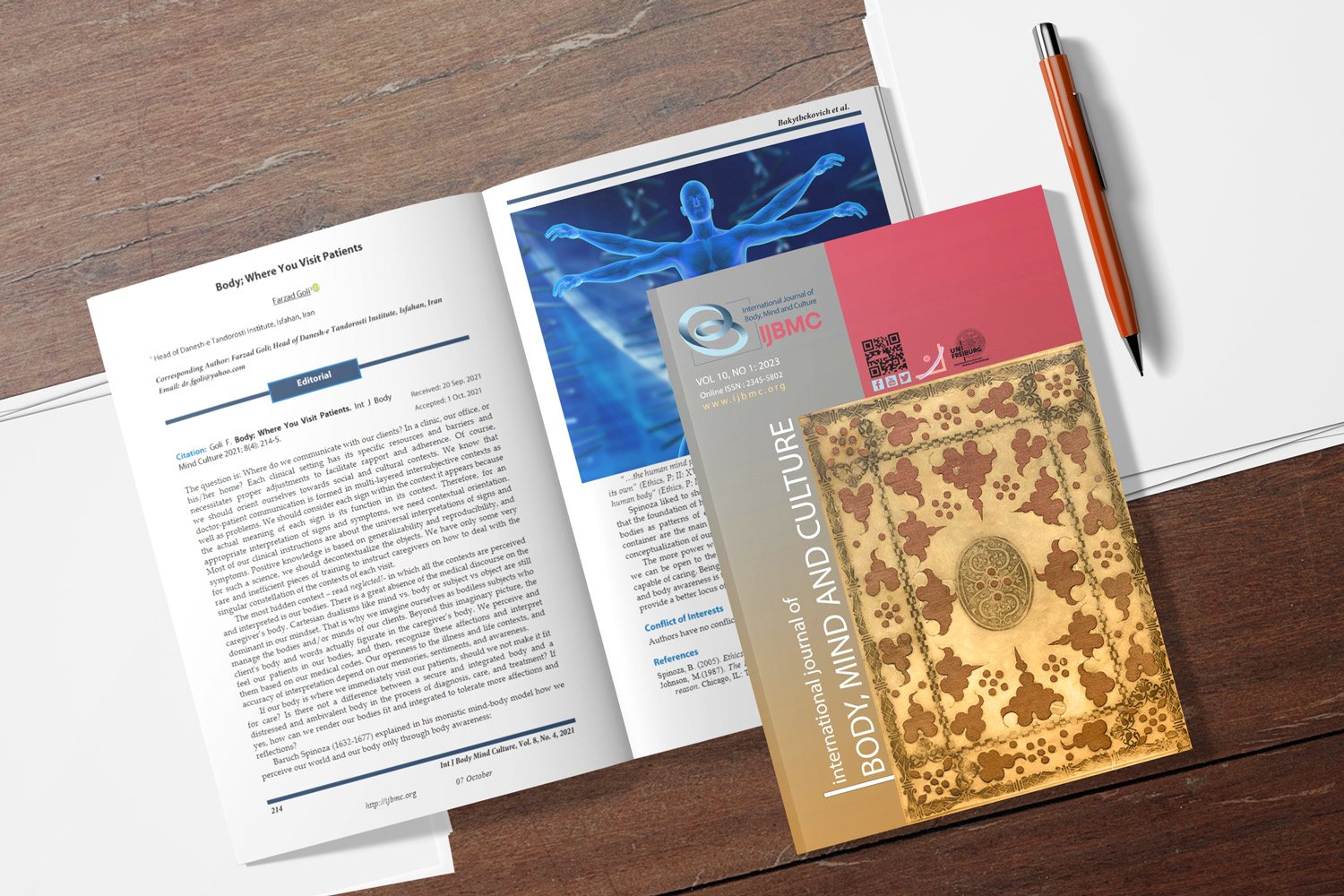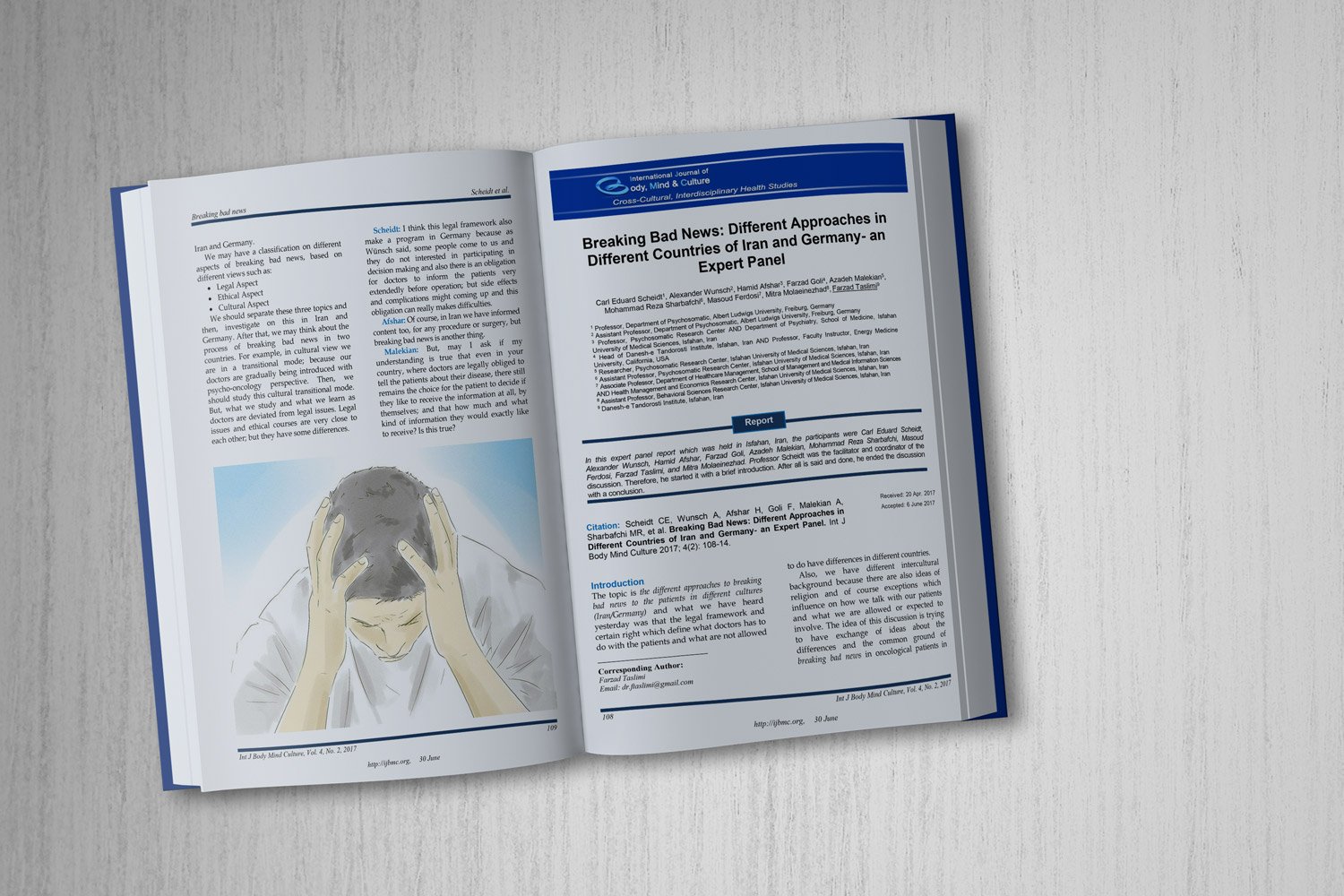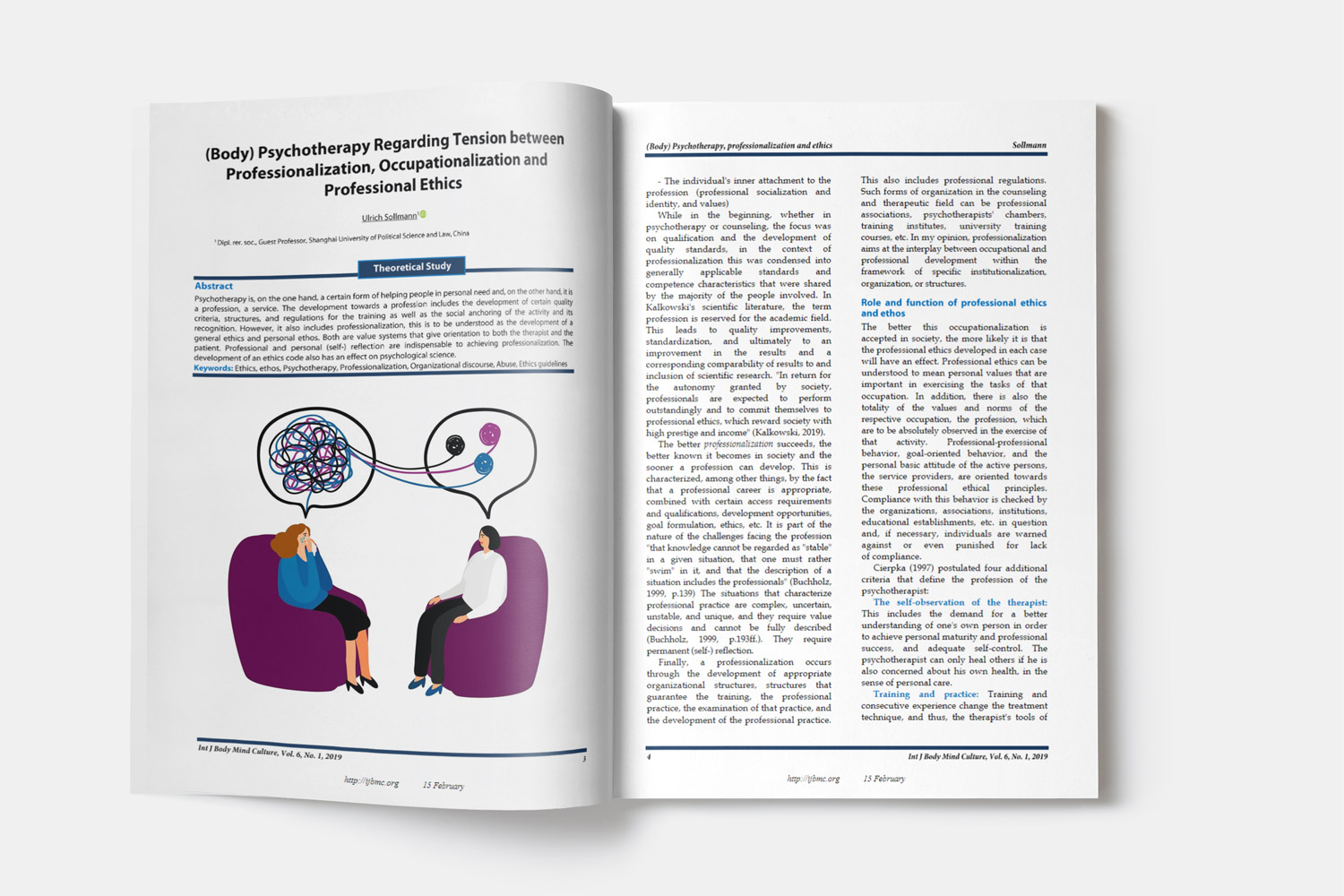Comparing Fredrickson's Positive Emotion Training Program and Psychodrama Program in Terms of Emotion Regulation in Students with Dyslexia
Downloads
Background: The present study was aimed at comparing a positive emotion training program based on Fredrickson's broaden-and-build model of positive emotions with the psychodrama program in terms of emotion regulation in students with dyslexia.
Methods: This experimental study was conducted with 3 groups (2 experimental groups and 1 control group), pretest-posttest design, and a follow-up. The statistical population included all fifth-grade female, middle-class, 10-11-year-old primary-school students with specific learning disabilities who were studying in public schools of the 5 educational regions of Isfahan, Iran. Multistage random sampling was used for the selection of the participants. The reading and dyslexia test was administered to identify learning disabilities in the students, and as a result, 38 students with a reading disorder were selected and randomly assigned to experimental group 1 (Fredrickson's positive emotion training program), experimental group 2 (psychodrama program), and control group. Students completed the Cognitive Emotion Regulation Questionnaire (CERQ) at pretest, posttest, and follow-up. Prior to the treatment, the students completed the CERQ. The follow-up phase of the study was conducted 3 months after the end of the treatment. The interventions consisted of 10 sessions (45 minutes each) devoted to positive emotion training and 10 sessions (45 minutes each) devoted to psychodrama program training. The data were analyzed using descriptive (mean and standard deviation) and inferential statistics (repeated measures ANOVA) in SPSS software.
Results: The findings indicated that a positive emotion training program exerted a significant effect on emotion regulation, while the effect of the psychodrama training program was not statistically significant.
Conclusion: It can be concluded that positive emotion training has a more significant effect than the psychodrama training program.
Downloads
Abedi, M. R. (2007). Adaptation and standardization of the Wechsler Intelligence Scale for Children- Fourth Edition. Isfahan: Neveshteh Publishing.
Samalot-Rivera, A. (2007). The effect of social skill instruction on sport and game related behaviors of children and adolescents with emotional or behavioral disorders. Columbus, OH: The Ohio State University.
American Psychiatric Association. (2013). Diagnostic and Statistical Manual of Mental Disorders (DSM–5). Washington, DC: APA.
Asher, S. R., & Taylor, A. R. (1981). Social outcomes of mainstreaming: Sociometric assessment and beyond. Exceptional Education Quarterly, 1(4), 13-30.
Bauminger, N., & Kimhi-Kind, I. (2008). Social Information Processing, Security of Attachment, and Emotion Regulation in Children With Learning Disabilities. Journal of Learning Disabilities, 41(4), 315-332. doi:doi: 10.1177/0022219408316095.
Bayrami, M., Hashemi, T., & Shadbafi, M. (2017). Comparison of Emotional-Social Problems in Students with and without Specific Learning Disabilities in Reading and Mathematics. Journal of Child Mental Healt, 4(3), 69-78.
Blatner, A. (2000). Foundations of psychodrama: History, theory, and practice, 4th ed. New
York, NY, US: Springer Publishing Co.
Brackett, M. A. , & Salovey, P. (2004). Measuring emotional intelligence as a mental ability with the Mayer- Salovey- Caruso emotional intelligence test. In G. Geher (Ed), measurement of emotional intelligence (pp. 179-194). Hauppauge, NY: Nova science publishers.
Casson, J. W. (2004). Drama, Psychotherapy and Psychosis: Dramatherapy and Psychodrama with People who Hear Voices. New York, NY: Routledge.
Diekstra, R. (2008). Efectiveness of School-Based Social and Emotional Education Programmes Worldwide. In Social and emotional education: An international analysis (pp. 255-284).
Dogan, T. (2010). The effects of psychodrama on young adults attachment styles. The Arts in Psychotherapy, 37(2), 112-119.
Fredrickson, B. L. (2013). Positive Emotions Broaden and Build. In P. Devine, & A. Plant (Eds.), Advances in Experimental Social Psychology (pp. 1-53). Vol. 47, Burlington: Academic Press.
Fredrickson, B. L. (2001). The role of positive emotions in positive psychology. The broaden-and-build theory of positive emotions. Am Psychol, 56(3), 218-226. doi:10.1037//0003-066x.56.3.218 [doi]. Retrieved from PM:11315248
Fredrickson, B. L. (2004). The broaden-and-build theory of positive emotions. Philos.Trans R.Soc.Lond.B.Biol.Sci, 359(1449), 1367-1378. doi:10.1098/rstb.2004.1512 [doi];DH5NJJTNQCAMP8UT [pii]. Retrieved from PM:15347528
Freilich, R., & Shechtman, Z. (2010). The contribution of art therapy to the social, emotional, and academic adjustment of children with learning disabilities. The Arts in Psychotherapy, 37(2), 97-105.
Garnefski, N. , Kraaij, V., & Spinhoven, P. (2002a). Manual for the use of the Cognitive Emotion Regulation Questionnaire: A questionnaire measuring cognitive coping strategies. Leiderdorp: DATEC.
Gartland, D., & Strosnider, R. (2007). Learning Disabilities and Young Children: Identification and Intervention. Learning Disability Quarterly, 30(1), 63-72.
Gatta, M., Lara, D. Z., Lara, D. C., Andrea, S., Paolo, T. C., Giovanni, C. et al. (2010). Analytical psychodrama with adolescents suffering from psycho-behavioral disorder: Short-term effects on psychiatric symptoms. The Arts in Psychotherapy, 37(3), 240-247.
Gervais, M., & Wilson, D. S. (2005). The evolution and functions of laughter and humor: a synthetic approach. Q.Rev.Biol., 80(4), 395-430. doi:10.1086/498281 [doi]. Retrieved from PM:16519138
Hulbert-Williams, L., & Hastings, R. P. (2008). Life events as a risk factor for psychological problems in individuals with intellectual disabilities: a critical review. J Intellect.Disabil Res, 52(11), 883-895. doi:JIR1110 [pii];10.1111/j.1365-2788.2008.01110.x [doi]. Retrieved from PM:18671807
Johnson, S. L. (2005). Mania and dysregulation in goal pursuit: a review. Clin Psychol Rev., 25(2), 241-262. doi:S0272-7358(04)00157-6 [pii];10.1016/j.cpr.2004.11.002 [doi]. Retrieved from PM:15642648
Karami Noori, R. , Moradi, A. (2008). Reading and dyslexia assessment. Jahad Daneshgahi and Tarbiyat Moalem Publications.
Lousada, O. (2005). The three-layered cake, butter with everything. In M. Karp, P. Holmes, & K. B. Tauvon (Eds.), The handbook of psychodrama (pp. 213-236). London, New York: Brunner-Routledge.
Lyubomirsky, S., & Layous, K. (2013). How do simple positive activities increase well-being? Current Directions in Psychological Science, 22(1), 57-62.
Mauss, I. B., Shallcross, A. J., Troy, A. S., John, O. P., Ferrer, E., Wilhelm, F. H. et al. (2011). Don't hide your happiness! Positive emotion dissociation, social connectedness, and psychological functioning. J Pers.Soc.Psychol, 100(4), 738-748. doi:2011-01597-001 [pii];10.1037/a0022410 [doi]. Retrieved from PM:21280962
Merrifield, J. (2011). Meeting the needs of people with a learning disability in the emergency department. Int Emerg.Nurs., 19(3), 146-151. doi:S1755-599X(10)00055-8 [pii];10.1016/j.ienj.2010.07.004 [doi]. Retrieved from PM:21665158
Packman J. (2002). Group Activity Therapy With Learning Disabled Preadolescents Exhibiting Behavior Problems [Phd Thesis]. Denton, TX: University of North Texas.
Porges, S. W., Doussard-Roosevelt, J. A., & Maiti, A. K. (1994). Vagal tone and the physiological regulation of emotion. Monogr.Soc.Res Child Dev, 59(2-3), 167-186. Retrieved from PM:7984159
Samani, S., & Sadeghi, L. (2010). Psychometric Properties of the Cognitive Emotion Regulation Questionnaire. Journal of Psychological Models and Methods, 1(1), 51-62.
Sepanta, M. (2018). Developing a positive emotion training program based on Fredrickson's broaden-and-build theory and comparing its effectiveness with social-emotional Learning, emotion-focused intervention, and psychodrama in psychological wellbeing, emotion regulation, and psychological capital of students with learning disabilities in elementary school [PhD Dissertation]. Isfahan, Iran.University of Isfahan,
Sepanta, M., Abedi, A., Yarmohammadian, A., Ghomrani, A., & Faramarzi, S. (2019). The Effect of Fredrickson's Positive Emotion Training Program on Emotion Regulation of Students with Dyslexia. Journal of Child Mental Health, 5(4), 94-109.
Tugade, M. M., & Fredrickson, B. L. (2004). Resilient individuals use positive emotions to bounce back from negative emotional experiences. J Pers.Soc.Psychol, 86(2), 320-333. doi:10.1037/0022-3514.86.2.320 [doi];2004-10747-009 [pii]. Retrieved from PM:14769087
Wechsler, D. (2003). Wechsler intelligence scale for children-WISC-IV. New York, NY Psychological Corporation.
Wren, B. P. (2006). Gestalt play therapy with children receiving remedial intervention [MSc Thesis]. Pretoria, South Africa: University Of South Africa.
Copyright (c) 2020 Mandana Sepanta, Ahmad Abedi, Amir Ghamarani, Salar Faramarzi

This work is licensed under a Creative Commons Attribution-NonCommercial 4.0 International License.

